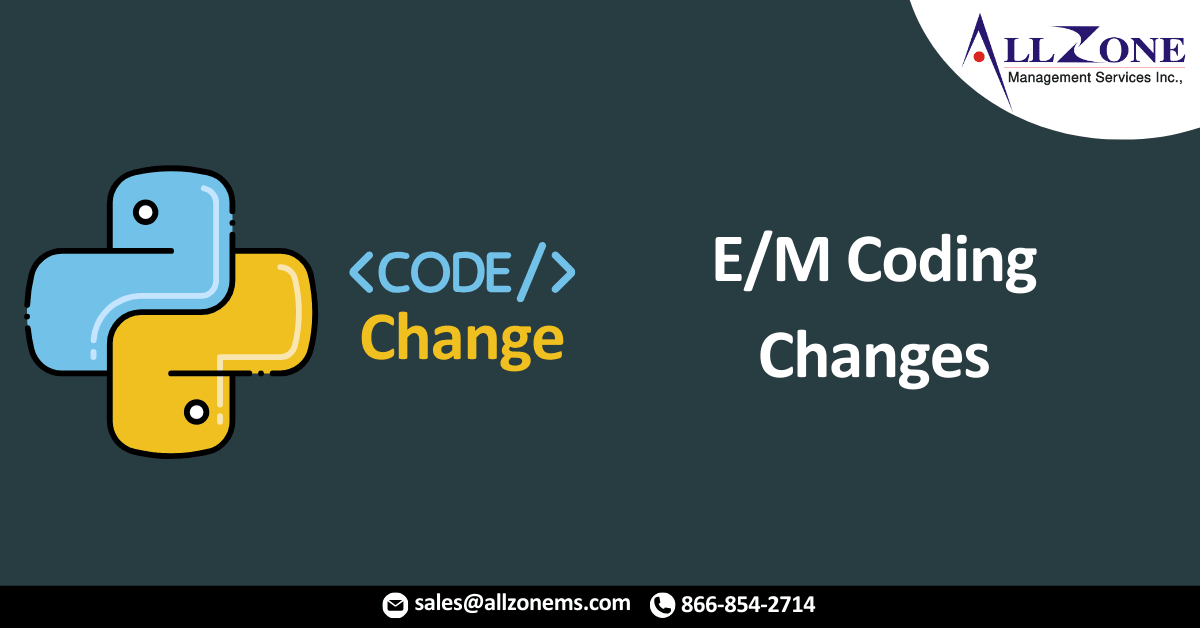Changes to the code descriptors and guidelines for evaluation and management (E/M) services delivered during office visits and other outpatient encounters provide an opportunity to rethink outpatient documentation while reducing physician burnout.
“E/M code changes: What will happen to the physician note?” was the question answered in the first of three webinars jointly produced by the AMA and Nordic, a Madison, Wisconsin-based health care consulting firm.
Barbara Levy, MD, a former chair of the AMA/Specialty Society RVS Update Committee (RUC) and co-chair of the AMA-convened workgroup that was responsible for the coding overhaul, was a webinar panelist and she discussed how and why changes were made to the AMA Current Procedural Terminology (CPT®) code set.
Dr. Levy, an ob-gyn, stressed that the code changes apply only to E/M in the outpatient and office settings—and not to inpatient, home care or nursing home E/M. But she added that the AMA continues to work on proposals for those settings.
Dr. Levy described the workgroup’s guiding principles as “always coming back to what is clinically important,” clarifying codes to reduce the need for auditing, reducing “note bloat,” ensuring that payment for E/M services was resource based, and removing “all the things that currently drive us crazy.”
The AMA has additional resources on implementing the CPT E/M revisions, including step-by-step videos. Summaries of the revisions and explanations of how they will reduce administrative burdens are also available.
Reducing variation in MDM coding
Components for code selection were narrowed down to two: medical decision-making (MDM) and total time on the day of the encounter.
The workgroup modified MDM criteria to make them more “clinically intuitive” and to reduce variation among contractors and payers by removing ambiguous terms such as “mild,” Dr. Levy said.
Elements of MDM affecting coding for an outpatient or office visit include:
- The number and complexity of problems addressed in the encounter, meaning it will no longer be necessary to document every diagnosis a patient has received—just those being addressed during that visit.
- The amount or complexity of data to be reviewed and analyzed. This reduces cut-and-paste note bloat by not requiring physicians to enter “voluminous,” repetitive test data that is irrelevant or ancillary to the purpose of the visit.
- Risk of complications or morbidity of patient management. This can now include social determinants of health and reasons behind decisions not to admit a patient or intervene in some way.
The risk of complications or morbidity component is about “what’s going on with this patient,” Dr. Levy explained.
This may involve factoring in a patient’s social determinants in assessing the viability of a care plan, such as whether a patient has reliable transportation for regular clinic visits.
“Time” has changed
Previously, E/M “time” was narrowly defined as how long clinicians spent on face-to-face activities with the patient. But, effective Jan. 1, it will include nonface-to-face work on the day of the encounter.
When time is the criterion for code selection, there are clearly defined ranges of minutes with different ranges for new and established patients. Time is available as an option whether or not counseling and coordination of care predominates the visit—a change from current rules.
While MDM-related codes are expected to be used most often, Dr. Levy said time-related codes can reflect longer patient encounters that are low on the MDM scale but may involve long periods of time. This can include a long discussion spent dispelling unscientific myths with a patient who may come armed with reams of paper printed from “Dr. Google.”
Activities that may count toward time-related E/M codes include:
- Reviewing tests in preparation for a patient’s visit.
- Counseling or educating a patient, family or caregiver.
- Reporting test results to a patient by phone.
- Ordering medications, tests or procedures.
- “Pajama time” documentation work performed at home.
“Hallelujah!”
“It’s either medical decision-making or it’s total time on the date of the service and it’s only including those things that are medically necessary for the treatment of the patient,“ Dr. Levy said in summarizing the changes that are coming Jan. 1.
“Hallelujah! We’re getting back to what’s clinically relevant and what matters for us and our patients,” she added.
Dr. Levy’s co-panelist, Nordic Chief Medical Officer Craig Joseph, MD, noted that “preparation is required” to take advantage of these changes.
Otherwise, organizations may continue to write their outpatient notes the same way they have for decades and continue medically unnecessary documentation because they think it is still required.
Due to the implementation of the CARES ACT—and now postponed until April—physicians will also have to prepare for more patients seeing their doctor’s note and they will need to consider that, Dr. Joseph, a pediatrician, warned. This includes recognizing that common abbreviations such as “SOB” for “shortness of breath” could be misinterpreted.
For More Information: how 2021 em coding changes will reshape physician note

